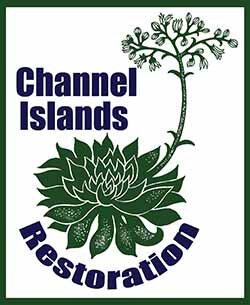Hoffman's rock cress (Arabis hoffmannii) is a rare and endangered species of flowering plant native to the United States. It belongs to the family Brassicaceae and is commonly known as "Hoffman's rockcress" or "Hoffman's wallflower". It is found in the high-elevation rocky areas of the San Gabriel Mountains in southern California.
Description: Hoffman's rock cress is a small perennial herb that grows up to 30 centimeters tall. It has small, linear leaves that are green or blue-gray in color and about 1.5 centimeters long. The plant produces small, white to pale pink flowers that grow in clusters at the end of the stems. The flowers have four petals and are about 1 centimeter in diameter.
Habitat and Distribution: Hoffman's rock cress is found only in the high-elevation rocky areas of the San Gabriel Mountains in southern California. It grows in open, rocky habitats, including talus slopes, rock outcrops, and gravelly areas. It prefers moist, well-drained soils and is often found in areas with seasonal snowmelt.
Conservation Status: Hoffman's rock cress is listed as an endangered species under the US Endangered Species Act. The main threats to the species are habitat loss and fragmentation due to development, recreational activities, and the spread of non-native plant species. Climate change may also pose a threat to the species, as changes in snowmelt patterns and precipitation could affect the plant's habitat.
Conservation efforts for Hoffman's rock cress include habitat restoration and management, monitoring of populations, and public education and outreach. The plant is also being grown in botanical gardens and nurseries as part of ex situ conservation efforts. It is important to protect and conserve this species to maintain the biodiversity of our planet and to prevent the loss of this rare and unique plant.

